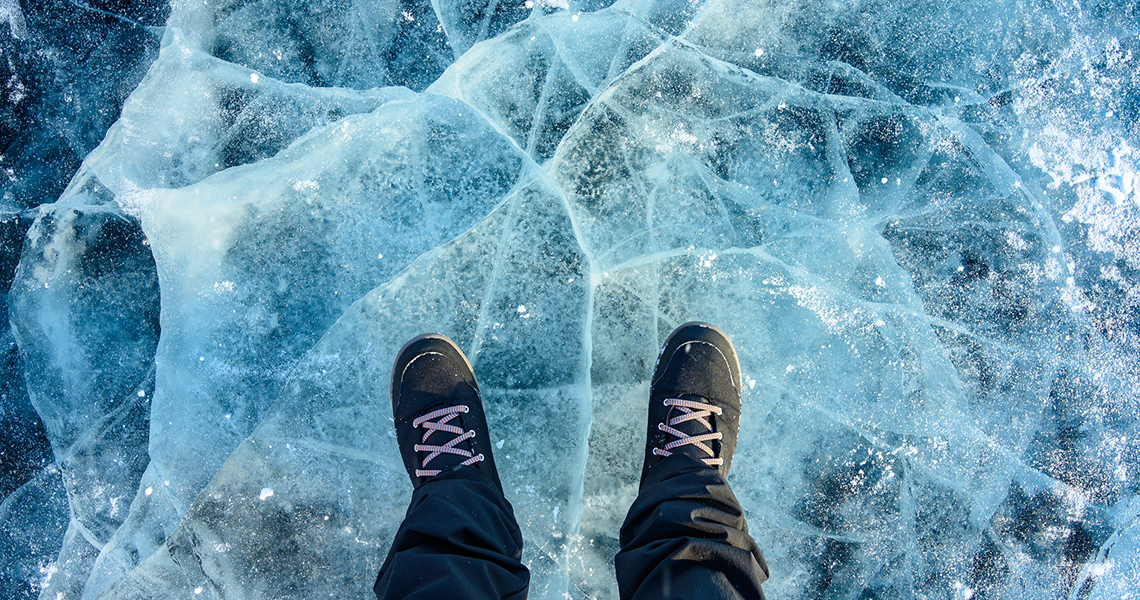
Staying safe near frozen lakes
Published: 13 December 2022
Following the tragic death of three young boys in Solihull who died in a frozen lake, Redbridge Council is reminding people of how to stay safe near frozen water.
Many aren’t aware of the dangers of frozen water; it may look solid from the surface but will not hold your weight and could crack when stood on, meaning that you become trapped under the ice.
It is extremely important to have conversations with children and young people about the dangers of frozen water. Following basic safety advice can help prevent life-threatening incidents from occurring over the winter months.
The Royal Life Saving Society UK has devised these safety tips about the dangers of frozen waters.
When water is frozen and the cold weather sets in, these are a few safety tips to take note of:
1. Teach children not to walk on frozen lakes, ponds, canals and reservoirs under any circumstances. Children and pets are particularly at risk when tempted to play on the ice formed on open water during cold weather.
2. Pets should be kept on leads when near frozen water and owners should refrain from throwing objects onto the ice for them to retrieve.
3. Bystanders should shout reassurance to casualties without endangering themselves. Make sure help is on the way by phoning the emergency services (call 999 or 112).
4. Do not walk or climb onto the ice to attempt a rescue, and certainly don’t get into the water; you may become the next casualty.
5. If someone can’t climb out of the water, it is not advisable, as many people think, to move about in the water to keep warm while waiting for help. Instead, they should conserve their energy by keeping as still as possible.
If you see someone fall through the ice:
1. Shout for assistance; get help by phoning the emergency services (call 999 or 112).
2. Do not walk or climb onto the ice to attempt a rescue.
3. Shout to the casualty to ‘keep still’ and offer reassurance to keep them calm.
4. Try and reach them from the bank using a rope, pole, tree branch, clothing tied together or anything else which can extend your reach.
5. When reaching from the bank, lie down to avoid being pulled onto the ice – this spreads your weight more evenly.
6. If you cannot reach them, slide something that floats, such as a plastic bottle or football, across the ice for them to stay afloat while help is on the way.
7. If the casualty is too far away, do not attempt to rescue them. Wait for the emergency services while calming and reassuring the casualty.
